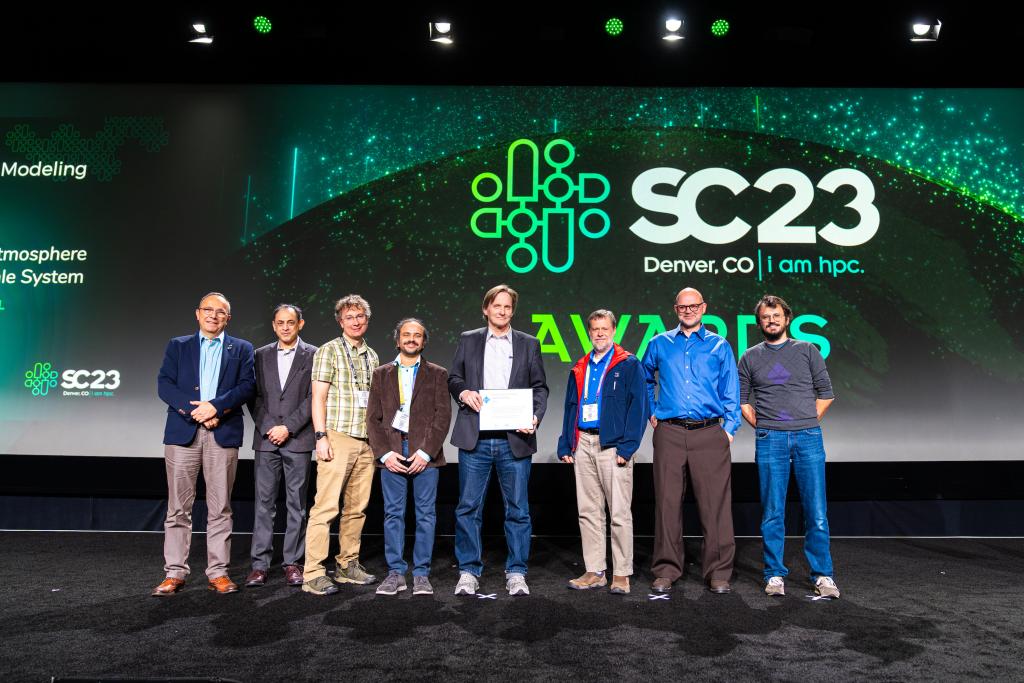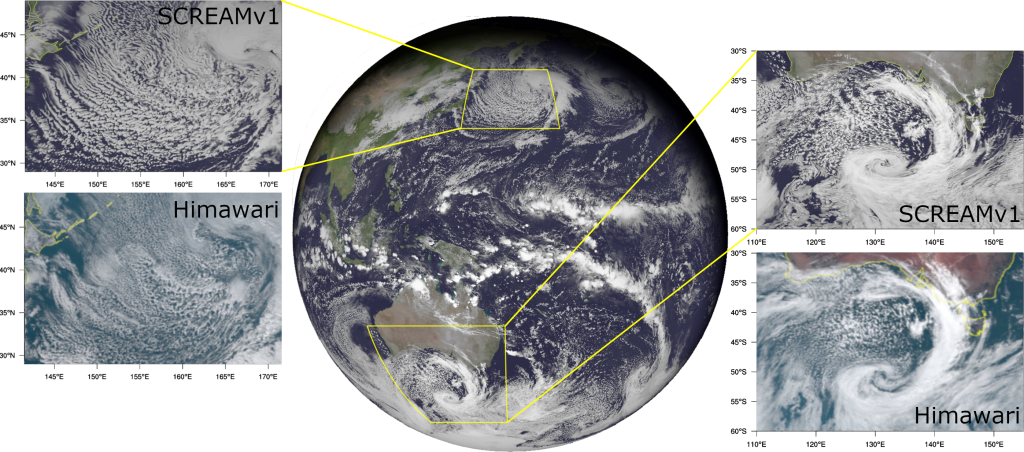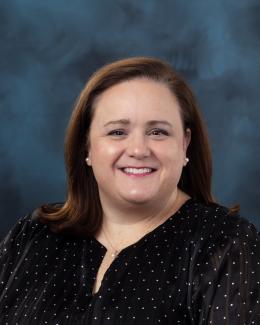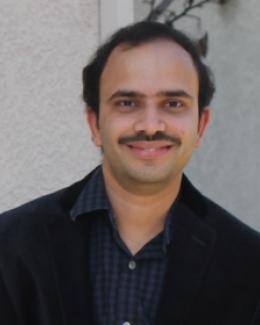
A 19-member team of scientists from across the national laboratory complex won the Association for Computing Machinery’s 2023 Gordon Bell Special Prize for Climate Modeling for developing a model that uses the world’s first exascale supercomputer to simulate decades’ worth of cloud formations.
The ACM Gordon Bell Prize recognizes outstanding achievement in high-performance computing. The team received their prize at the 2023 International Conference for High Performance Computing, Networking, Storage, and Analysis, or SC23, in Denver.
The research team used Frontier, the 1.194-exaflop HPE Cray EX supercomputer at the Department of Energy’s Oak Ridge National Laboratory, to achieve record speeds in modeling worldwide cloud formations in 3D. The computational power of Frontier, the fastest computer in the world, shrinks the work of years into days to bring detailed estimates of the long-range consequences of climate change and extreme weather within reach.
“This project epitomizes the ‘Big Science’ approach nurtured in the national laboratory ecosystem that brought together a critical mass of researchers across disciplines to address climate change, the grand challenge of our times,” said Sarat Sreepathi, an ORNL computer scientist and performance coordinator for the study. “The achievement recognized by this award is a pivotal milestone in the quest for an exascale climate model.”

Gauging the likely impact of a warming climate on global and regional water cycles poses one of the top challenges in climate change prediction. Scientists need climate models that span decades and include detailed atmospheric, oceanic and ice conditions to make useful predictions.
But 3D models that can resolve the complicated interactions between these elements, particularly the churning, convective motion behind cloud formation, have remained computationally expensive, leaving climate-length simulations outside the reach of even the largest, most powerful supercomputers — until now. The Energy Exascale Earth System Model, or E3SM, project’s Simple Cloud Resolving E3SM Atmosphere Model puts 40-year climate simulations, a longtime scientific goal, within reach.
“The SCREAM team is honored to win the inaugural Gordon Bell Prize for Climate Modeling,” said Mark Taylor, the study’s lead author and a distinguished scientist at Sandia National Laboratories. “We worked for many years to get ready for Frontier, and we are thrilled with the success of our performance portable approach. It will be exciting to see the science coming out of our new ability to run cloud-resolving climate simulations on exascale supercomputers.”
UT-Battelle manages ORNL for DOE’s Office of Science, the single largest supporter of basic research in the physical sciences in the United States. DOE’s Office of Science is working to address some of the most pressing challenges of our time. For more information, visit https://energy.gov/science.
Read the original science feature here: Pulling clouds into focus: Frontier simulations bring long-range climate forecasts within reach | ORNL




